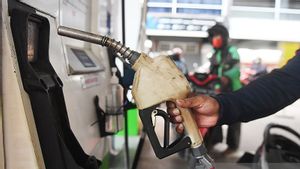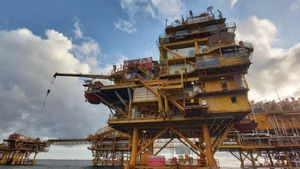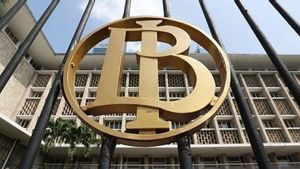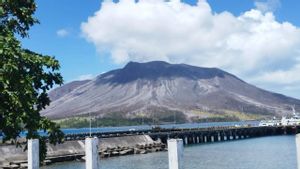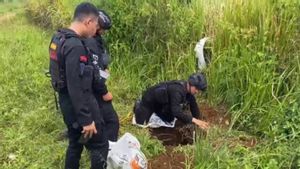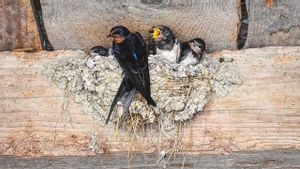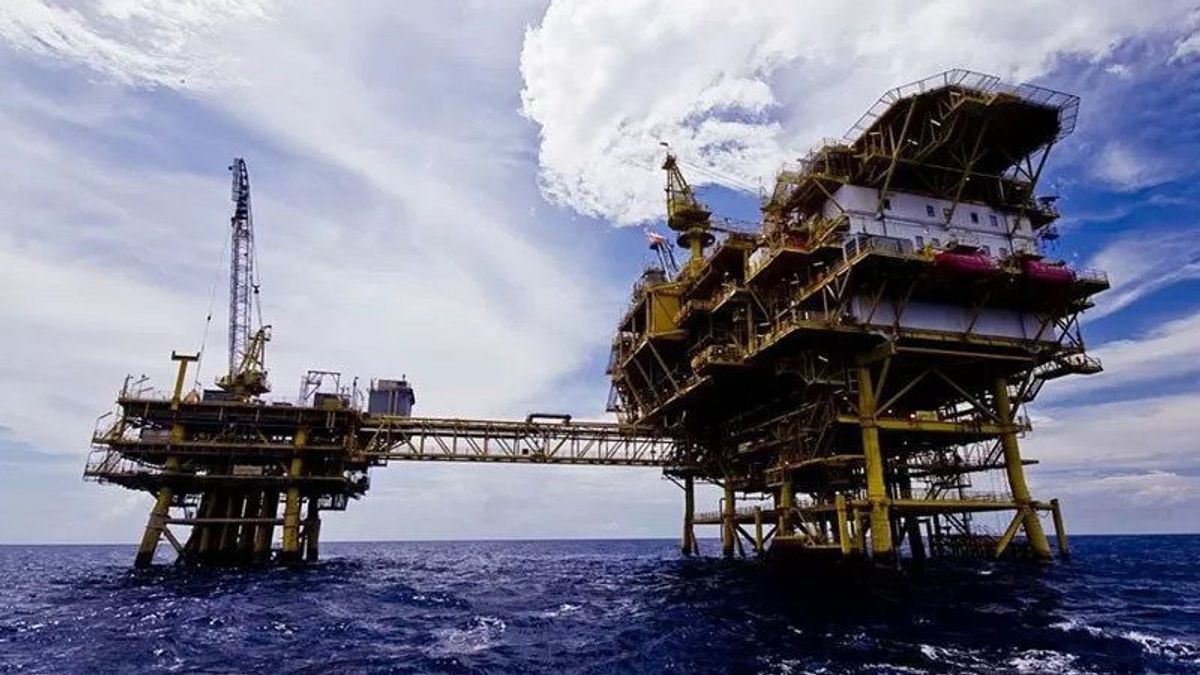
JAKARTA - The Special Task Force for Upstream Oil and Gas Business Activities (SKK Migas) revealed the discovery of hydrocarbons in the form of gas through the drilling of the Markisa (MKS)-001 exploration well in West Papua.
Deputy of Planning for SKK Migas, Benny Lubiantara, said the source of the hydrocarbon gas was discovered by Pertamina Hulu Energi Regional IV in Pertamina EP's working area, Field Papua, Aimas Regency, West Papua Province.
"The successful discovery of hydrocarbons in an area rich in natural resources in West Papua, including oil and gas will encourage more massive and aggressive exploration activities in the future", said Benny in an official statement quoted on Tuesday, August 16.
The drilling of the exploration well MKS-001 has the main objective in the Kais Formation Carbonate Rock. The MKS-001 well was drilled on June 21, 2022, at 06.00 WIT and reached a final depth of 2048 mMD on July 28, 2022, at 20.00 WIT.
Benny explained that the exploration well MKS-001 was drilled with a vertical profile using the PDSI#28.2/D1000-E rig.
According to him, drilling is a challenge in itself because drilling work in remote areas requires time to mobilize drilling equipment and materials by sea and the type of shale formation indicated by high tectonic stress, thus requiring precise and accurate drilling planning and operations.
The dry hole base work is completed without any non-productive time, both from supporting service equipment and materials as well as from the operational side.
This is one of the achievements at the well.
After conducting a series of evaluations of the formation properties using e-line logging tools, Pertamina then proposed two Drill Stem Test (DST) intervals in the Kais Formation, DST#1: 2012 - 2020 mMD and DST#2: 1932 - 1942.5 mMD.
Currently, DST#1 (2012-2020 mMD) is being carried out on the limestone reef layer of the Kais Formation, the clean-up period with a 44/64 inch choke gets a gas rate of 9.7 MMSCFD and a condensate rate of 219 BCPD.
As of August 13, 2022, the status of the exploration well MKS-001 is conducting a clean-up interval of DST#1.
Benny revealed, that the success of drilling the exploration well MKS-001 will add to the success of drilling exploration wells in 2022, which recorded a higher success ratio than the achievement in 2021 or compared to the average success of drilling exploration wells in the world.
Until the first semester of 2022, the success ratio of drilling exploration wells will reach 75 percent.
This figure is higher than the previous year's exploration well drilling success ratio of 55 percent and outperforms the global success ratio of 23.8 percent in 2021.
"With the success of the MKS-001 well, the success ratio for drilling exploration wells in 2022 will be even higher", said Benny.
Furthermore, he conveyed, that the high success ratio of drilling exploration wells will strengthen confidence to achieve the targets of 1 million barrels of oil (BOPD) and 12 billion cubic feet of gas (BSCFD) by 2023.
SEE ALSO:
The high success ratio of exploration well drilling will have an impact on increasing the competitiveness of the national upstream oil and gas industry.
This also demonstrates the increasing capability and mastery of upstream oil and gas industry technology, so that they can operate more efficiently.
"Hopefully this success can encourage increased investment in the upstream oil and gas sector given the high success rate of hydrocarbon discoveries", concluded Benny.
The English, Chinese, Japanese, Arabic, and French versions are automatically generated by the AI. So there may still be inaccuracies in translating, please always see Indonesian as our main language. (system supported by DigitalSiber.id)


